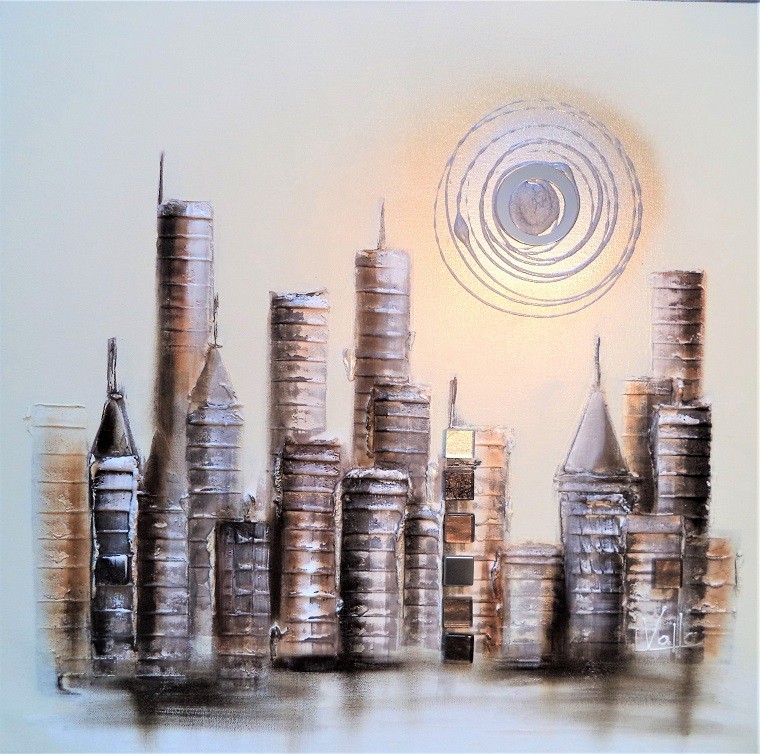There are many people who shy away from using oil paints on a canvas, because it seems daunting at first. Although, this is true to some extent that oil paints can prove to be a difficult medium to deal with, nonetheless with the right knowledge and tools anyone can master this art. When it comes to painting on a canvas, oil paint proves to be a beautiful medium; the rich and vibrant colours, the buttery glosses and thin luminescent glazes can look more striking and attractive on a canvas than any other medium. It gives the artist more room to play with the colours and manipulate the paint even at a later time. Therefore, we present a few simple oil painting techniques that will help you unleash your art creativity and reflect your own personal style in the pictures you paint.
But before working with oil paints you should know what they are made off?
Oil paints are a mixture of linseed oil and pigment; therefore you should never blend it with water, which can ruin your paint. It is said that the oil paints were first discovered by Jan van Eyck a famous painter belonging to the 15th century.
Different Techniques:
1. Blocking Colour: By following the outlines of an object, you can try to block in the colour by using diluted brush strokes. This will allow you to enhance and define the objects edges without using the thicker paint. The important part is to outline the edges with the same colours that you are planning to use inside.
2. Intensify Your Colours: Try to dilute the paint at various stages in order to create contrasts that will enhance and intensify the colours. You can do this by using different densities of the same colour so as to define the form. If you are using this technique then you must leave the background colour for the last. This is because the diluted background surface contrasts perfectly with the objects denser surface.
3. Contrast Colours: You must contrast and mix colours in your painting so as to give a three dimensional feeling.
4. Chiaroscuro technique: This is one of the oldest techniques for oil painting that is used to bring volume to an object. This technique focuses on the light’s movement across the surface of the object by using dark and light contrasting. When using this technique keep the shadows totally black and if you use a neutral background it would be best.
5. Importance of brush strokes: If you want to define the shape and volume of an object then brush strokes is the best solution. Use your brush the way you use pencils. Apply and use different oil paints like you would use colour pencils. You can also use different brush stroke sizes to define and distinguish between masses, planes, objects and other areas of painting. Try to experiment with short jabs, longer brush strokes and also tiny dots.
6. Pointillism technique: If you want to give an impressionist look to your painting then you can use the pointillism technique. This technique requires you to dab small quantities of paint systematically across the entire canvas so as to achieve a uniform texture.
7. Using cool colours: It is always better to work with cool colours such as greens, blues and greys. Use only a little of warm colours to create a counterpoint in the piece.
8. Shiny Metal: If you want to create the effect of shiny metal, then you have to contrast black against white. The object’s darkest areas should be painted with diluted black and then you can apply some diluted white to blend along with the black brush strokes. In the end apply pure white touches to make the reflections on the metal more prominent.
9. Skin: Human skin doesn’t have a specific colour. This is why artists use different harmonies and combinations of colours to create human flesh. To achieve this look it is recommended to use warmer colours mostly and give only a touch of cool colours.

